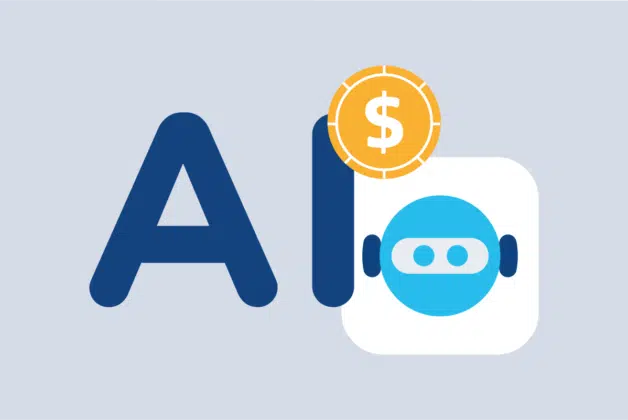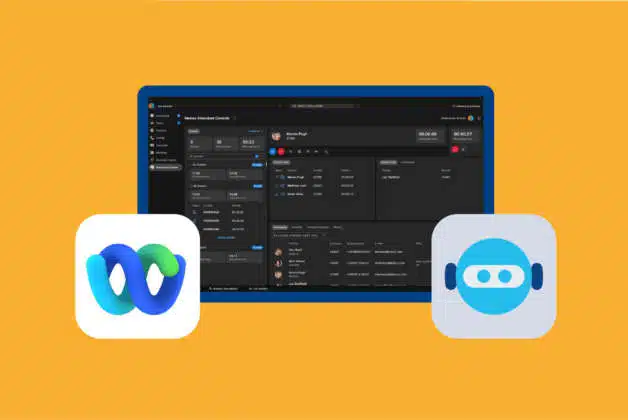 Federica Paolicchi - 5 Giugno, 2019 - 3 ’ read
Federica Paolicchi - 5 Giugno, 2019 - 3 ’ read6 web meetings best practices to win your customers’ hearts
Web meetings are now crucial tools for profiling customers, gathering information, and managing sales. While emails and chats are useful, the personal touch of seeing someone's face can be a game-changer. Everyone has their unique style, but certain best practices can help turn virtual meetings into successful deals.
What determines the success of a web meeting?
Before delving into virtual meeting best practices, consider when a meeting truly succeeds: by establishing a connection and gaining trust. At this stage, this should be your number 1 priority instead of selling. Step into prospects’ shoes, understand their needs, motivations, and your solution’s potential. Know your market and competitive advantages. By focusing on these, you build trust and can apply top meeting practices effectively.

6 best practices to turn yourself into a wizard of web meetings
All right, enough bla bla bla for today. 😉 Here are the 6 online meeting best practices to host successful online meetings with prospects.
1. Be prepared.
Before a web meeting, or call:
- Clarify your objectives;
- Make sure you’ve booked 20 minutes of their time. If they do not have 20 minutes, it’s better to reschedule the meeting;
- Make sure to involve the relevant people (both in your company and your customer’s);
- Provide the right presentations and be ready for demos;
- Choose a nice, quiet room and dress up appropriately (yes, of course you’ll have to turn your video on).
2. First 5 minutes. Starting off with a bang.
Five minutes in your web meeting, the prospect will have decided if talking to you is worth it. Use them wisely to:
- introduce yourself;
- introduce the company (briefly);
- smile a lot. As the old Chinese proverb says, “a man without a smiling face must never open a shop”.
3. Questions are your key to unlocking all doors.
Ask questions, lots of them. In addition to establishing empathy and showing interest in the person you talk to, asking questions is key to find, understand, and resolve your customer’s problems. If you want to know what questions, take a look at the examples below.
During an online meeting with a customer, you can ask:
- What is the problem you are trying to resolve?
- How is this problem affecting you or other parts of the company? How bad is that?
- What have you tried any other solution before? Did it work?
- What are you expecting from this solution?
- Do you have a budget allocated to resolve the problem?
- Who’s in charge of this decision?
During web meetings with a partner, you can ask:
- Is collaboration a significant part of your business?
- Do you know our many M$ revenues your company generates through collaboration?
- How many collab. solutions architect or collab SE work in your company?
- What kind of tool are you using at the moment for call recording, call analytics etc.? What are you using them for?
- Is there any other partner besides Imagicle that you particularly like? Why?
Successfully conveying confidence to others encourages honest and comprehensive responses, as they recognize the mutual benefit. Encourage dialogue. An hour-long Webex call without customer questions is a missed opportunity. Stay curious and seek to understand their motivations.
4. Bring value.
After you’ve helped them clarify their needs through questions, it’s time to offer examples of how your solution can address their issues or share success stories from similar companies. Be ready to discover few feature enthusiasts in the market—most seek reliability and effectiveness. Back up your claims. Demonstrating that your solution sends 1000 faxes per minute is one thing; showing that 4 companies in the same sector use Digital Fax to send over 1000 faxes is another level of proof.
5. Call to action.
Ending the web meeting with a call to action is incredibly important to keep the ball rolling and commit to a specific date. The next step can be another meeting with more people involved, perhaps the presale team; or it could be sending them a quote or asking for their feedback.
6. Take notes.
You’re almost there. You only have to do one last thing (last but not least, as usual). Take 10 minutes to put info about the meeting on Salesforce, schedule your next steps, and assign tasks. Also, send all the necessary material to the partner/end user straight after the meeting.
Ready to ace your next web meeting?
Of course, these are just basic rules. And yet, by following this virtual meeting protocol, you will discover you can really obtain what you want from your web meetings. Which, as you certainly get by now, is most often people’s trust. People buy from people they trust. So, be honest, listen, and bring value with you to every call or meeting. Oh! One more thing: once you know the basics well enough, feel free to start pulling your own tricks out of your hats.
There’s always room for creativity and personal touch in web meetings which can make them even more engaging and successful.
Potrebbe interessarti anche...
-
Products BlogCall Recording in 2025: the use cases and features you needCall Recording in 2025: the use cases and features you needWhat should you look for in a call recording solution in 2025?
-
Products BlogImagicle UCX Engage – Elevating your Customer Experience with Human & Virtual interactions.Imagicle UCX Engage – Elevating your Customer Experience with Human & Virtual interactions.An easy, integrated solution to implement AI automation in your company.
-
Products BlogReceptionist virtuale: cos’è e perché utilizzarloReceptionist virtuale: cos’è e perché utilizzarloMigliora l'esperienza cliente con un AI Virtual Receptionist che gestisce chiamate, prenota appuntamenti e offre supporto 24/7. Scopri di più!



